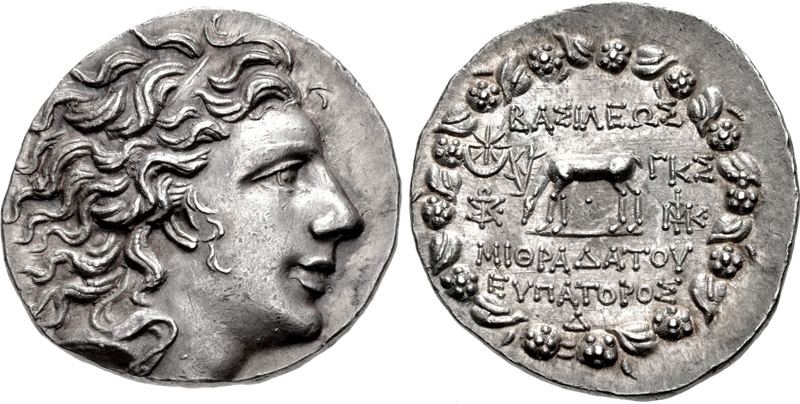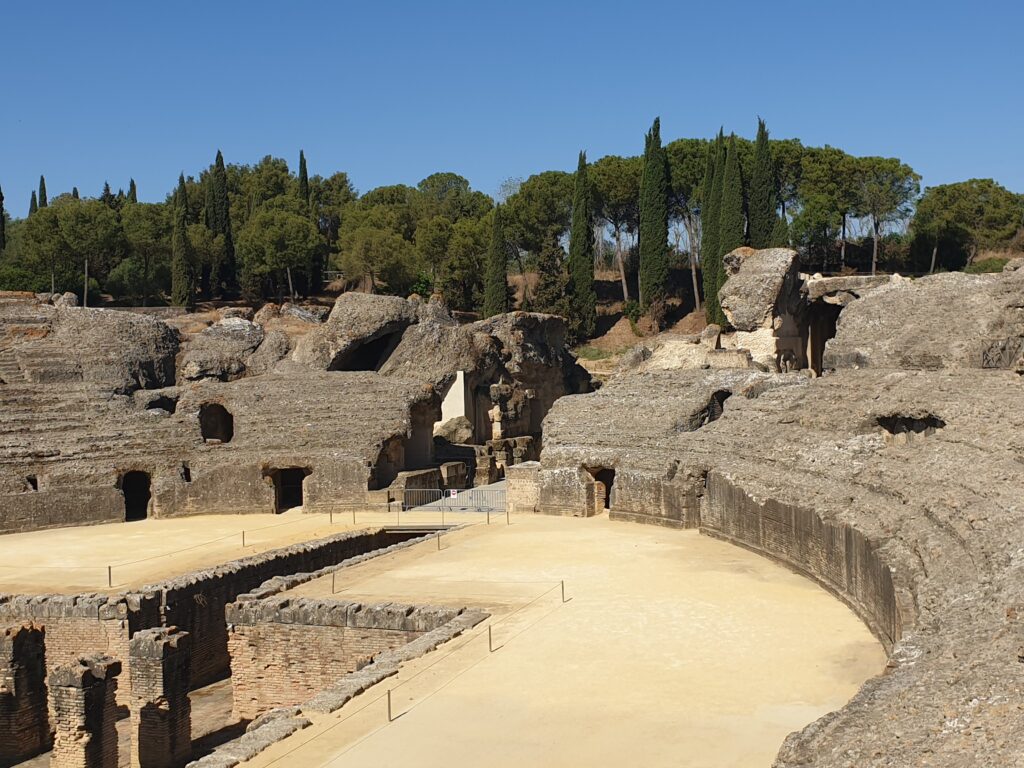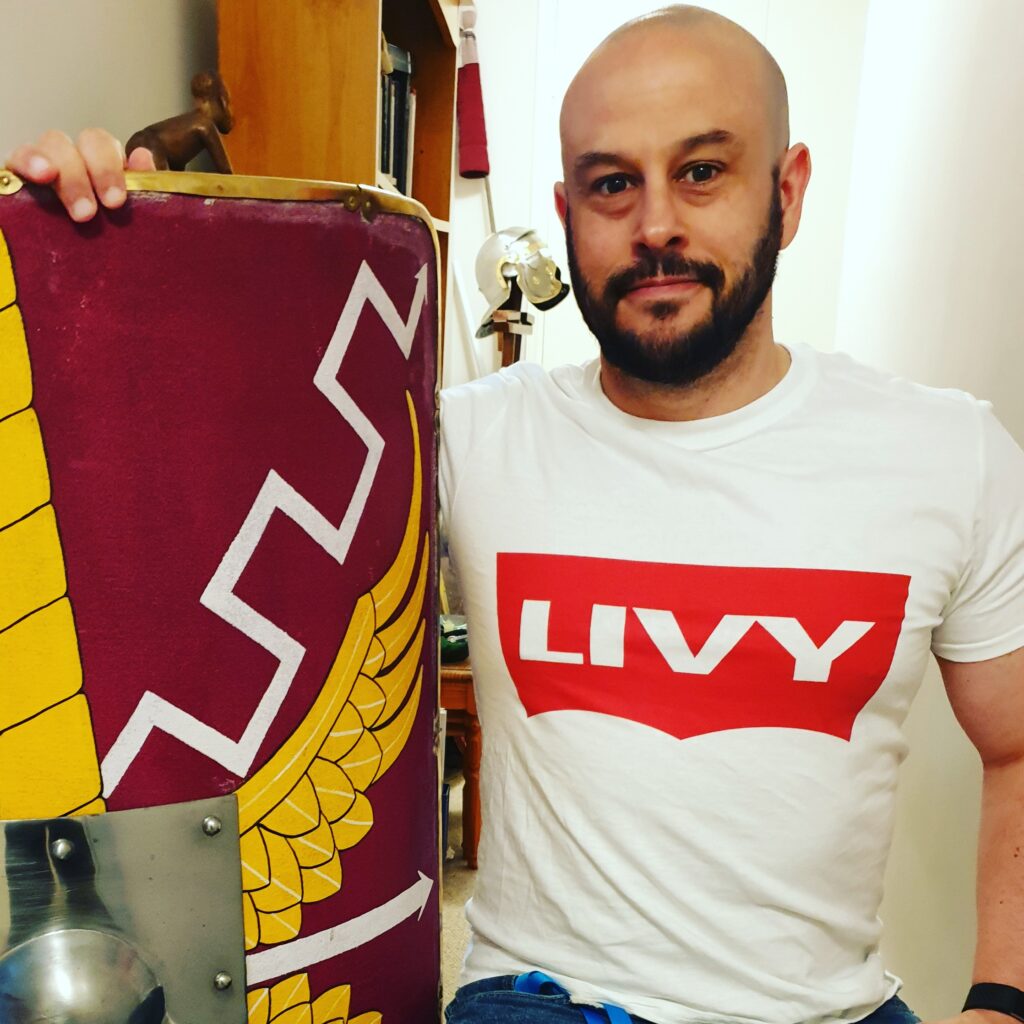(this piece contains some nasty incidents- just so you know).
In 133 BC King Attalus III of Pergamon died. His lands in the west of Anatolia (including coastal areas) weren’t passed to an heir, Attalus III had none. Instead he left his kingdom to Rome and it became the new province of Asia. Though this was a gift in many ways, it was also a burden. These were lands which Rome could do what it did best, extract taxes and resources from. But these lands came with borders, and borders needed to be protected. In the early 1st century BC a figure emerged in Anatolia who would become one of Rome’s biggest threats – Mithridates VI of Pontus.
Mithridates’ kingdom had been a small one which had rapidly expanded. Much of it had been the northern coastal area of Anatolia with cities on the Black Sea. However, through various mean he expanded it southwards and soon his lands bordered with that of Rome’s new province.

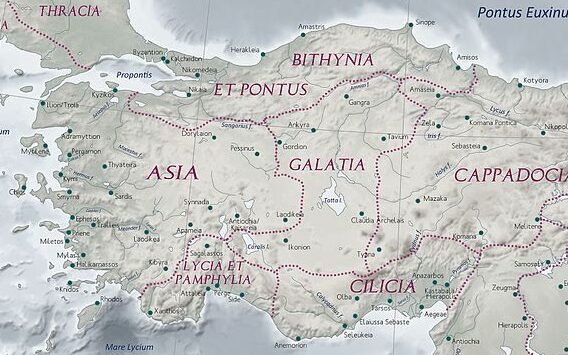
The Roman province of Asia (and others) by the time of Trajan. Image by Caliniuc.
Mithridates and Rome.
In order to manage this new development Rome sent Manius Aquillius as an ambassador in 90 BC. This was a curious choice, Manius’ father had been in charge of the province and had been wildly unpopular. The main claim made against him was the corruption and taxes he had extorted there. This association and hatred the people there was something Manius would experience to a horrific degree.
Mithridates baited Manius and the Roman was too eager to bite. Before he had been giving the authority to do so by the Roman senate Manius attacked Mithridates and was defeated. After the battle Manius was caught and he was killed by having molten gold poured down his throat, a reference to his father’s greed.
With Rome defeated and soon to formally declare war Mithridates took things a step further. The exact date isn’t known and neither are the technicalities. What is certain was on one day in the summer or spring of 88 BC the Roman province of Asia turned on the Romans living there. Not just Romans but slaves who spoke latin. Merchants, those passing through or who had looked to settle in the new lands were brought to butchery by the non-Roman residents.
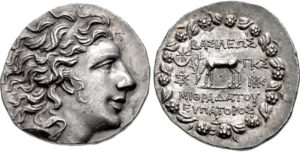
Mithridates and the massacre.
At Ephesus many had taken refuge in the temple of Artemis. This was an old tradition, to seek refege in a place of sanctuary where they could not be harmed or moved from. Yet this was ignored. In the capital Pergamon many had sought safety in the Temple of Asclepius. Those who clung to statues were picked off with arrows.
It wasn’t just at the major cities were the violence was felt. At Adramyttium the Romans ran to the sea, perhaps hoping to escape on boats. Instead they were cut to pieces in the waves, or drowned. At Tralles the locals hired a character called Theophilus to do the dirty work for them and so he did. Apparently there were statues with the hands of those who had grasped them still attached where Theophilus had just chopped them off.
The numbers of the massacre vary, Valerius Maximus gave a figure of 80,000 (XI.2.4) whilst Plutarch (Sulla XXIV.4) reached a number of 150,000. Though an exact figure cannot be arrived at the lower number has been seen as feasible. But even, as Adrienne Mayor, comments, if the number was half the lowest figure (i.e. 40,000) that’s still a staggering count of men, women and children.
If you want to read up on Mithridates I can recommened Adrienne’s fantastic book – ‘The Poison King’ and if you wanted to learn about more Roman misfortune in Anatolia check out my Ancient History Hound minisode on ‘Mad Honey‘ or readabout it here.

